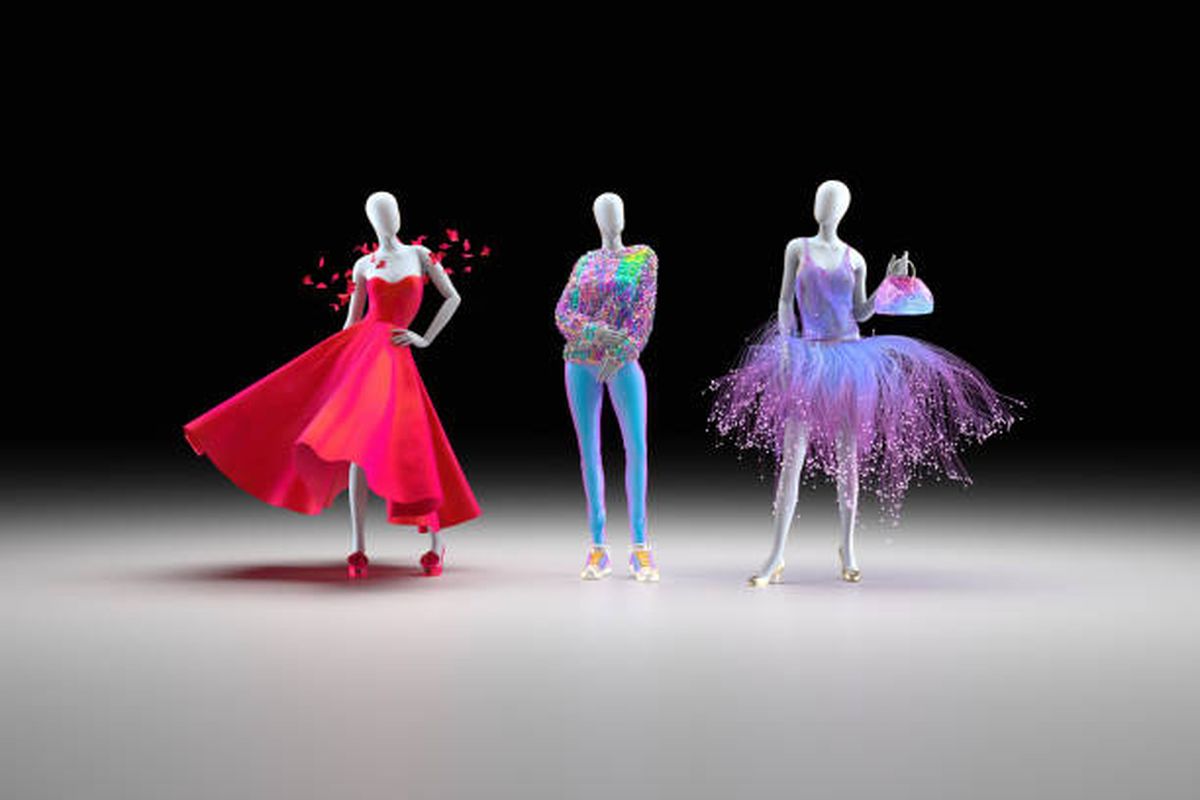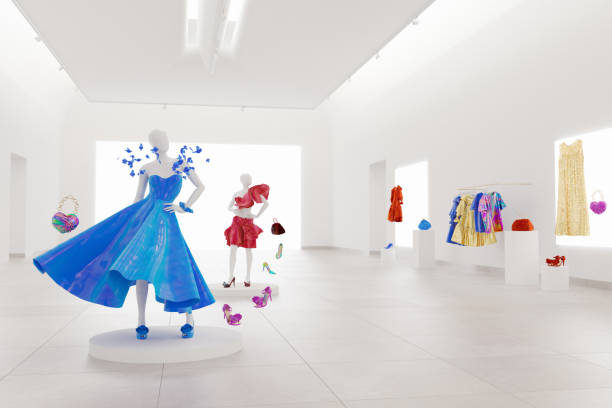As a sector built on individual expression and skill, the use of AI automation was first unappealing to those in charge of the fashion industry. Now that we’ve entered the hyper-digital age, however, these applications have the potential to radically alter enterprises and bring in far more income and growth for their respective industries than their more conventional rivals.
Despite its long history, the fashion industry is undergoing profound changes as a result of artificial intelligence. All aspects of the fashion industry, from design to manufacturing to shipping to marketing to sales, are being upended by artificial intelligence technologies.
As a result, by 2023, it is expected that the global expenditure on AI technology by the retail and fashion industries will reach $7.3 billion annually.
Let’s take a look at how some companies are using AI in interesting ways to improve their business models.
Digital Merchandising
Most of us have clothes that we never use because they are either too uncomfortable, too cheap looking, the wrong size, or don’t go with anything else in our closet. It’s inevitable given the prevalence of enticing but inaccurate product photos used by countless internet retailers.
Some companies are attempting to close the gap between the online and in-store buying experiences by using artificial intelligence (AI)-enabled solutions including augmented reality (AR) or virtual reality (VR).
In the fashion industry, augmented reality is being used to enhance both in-store and online customer experiences. You, the consumer, have the opportunity of trying on a large selection of clothing, footwear, and accessories.
Related:2023: The Year That Leading Fashion Brands Master Metaverse
Visual Shopping
While walking, you glimpse the most stunning dress ever. You want the same but don’t know what brand they’re wearing or where to acquire it. Online searches yield limited, mostly irrelevant results, so you won’t find your new favorite clothing.
AI-enabled apps let users screenshot internet outfits, detect omnichannel gear and accessories, and find the same outfit and related fashions.
Pinterest and Google Photos include visual search. Few apparel search engines let people find more things.
But if you are worried to get your favorite coat from an XYZ international store, then don’t worry as there are trade assistance bots like bitcoin lucro to get you covered with their option of facilitating secure international trades in terms of digital currencies.
Product Personalization
To succeed in business, personalization is crucial. Customer data in large quantities may now be accessed and analyzed thanks to significant data innovation. When combined with company information, deep learning technologies like AI and ML allow the fashion industry to track customers’ unique purchasing habits.
Technology has advanced to the point where marketers can analyze customer behavior and tailor their products and services to individual tastes in terms of color palettes, textures, and more.
Predictionary Fashion Swings
“Trend forecasting” refers to the process of studying how to foresee changes in market behavior. Forecasting what consumers will find appealing in terms of garment hues, cuts, fabrics, and accessories is the focus of fashion forecasting.
Fashion trend forecasts are used by the manufacturing industry to create new styles of clothing and accessories.
The Future Ahead
The fusion of artificial intelligence with the pros of machine learning owns the ability to revolutizing the fashion sector. With this, businesses can improve customer service times, enhance in-store experiences, and reduce their environmental impact. Things are looking up for the fashion industry.









